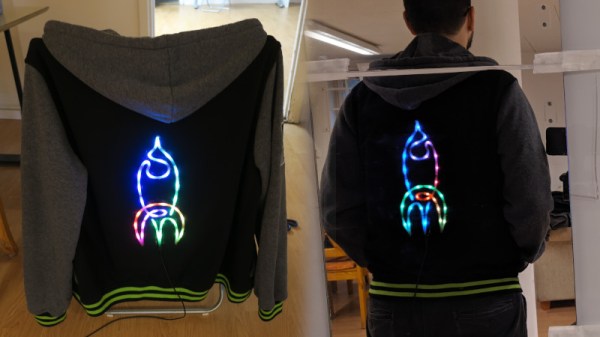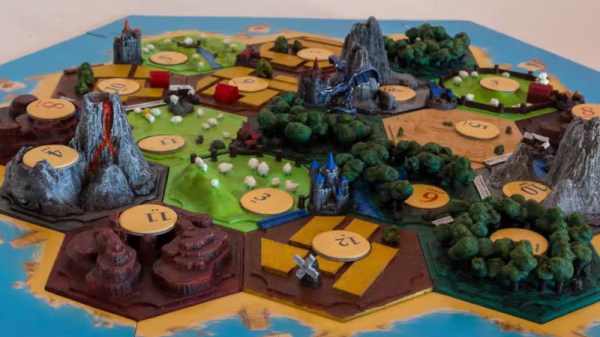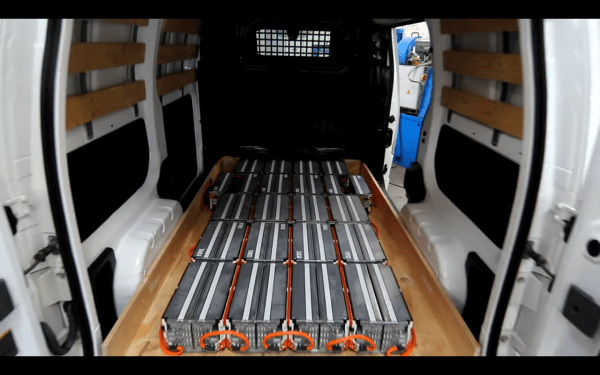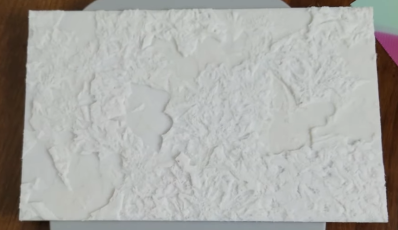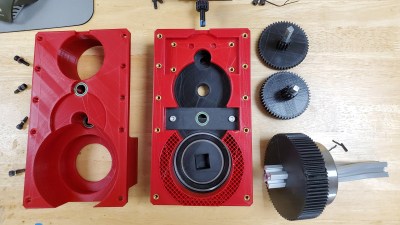Making your own clothing can be fun, but it’s even better if you can throw some LEDs into the mix and give a new meaning to the term “glow up”. [arturo182] did just that with this custom rocket jacket for CCCamp2019.

To create the jacket, a 3D printed frame was created in the shape of CCCamp’s rocket logo. This was then filled with hot glue to act as a diffuser, and fitted with WS2818B LEDs. A Digispark is used as the microcontroller, with its compactness serving well for the wearable application. The assembly is then sewn into the back of a hoodie, with cardboard used on the inside as a backer to help keep things flat and support the weight of the hardware.
Hot glue works great as a diffuser in this application, and animation is easy thanks to the addressable LEDs used in the construction. It’s a great way to get a neon-like look, and we fully expect to see more of these glowy wearables in future!

